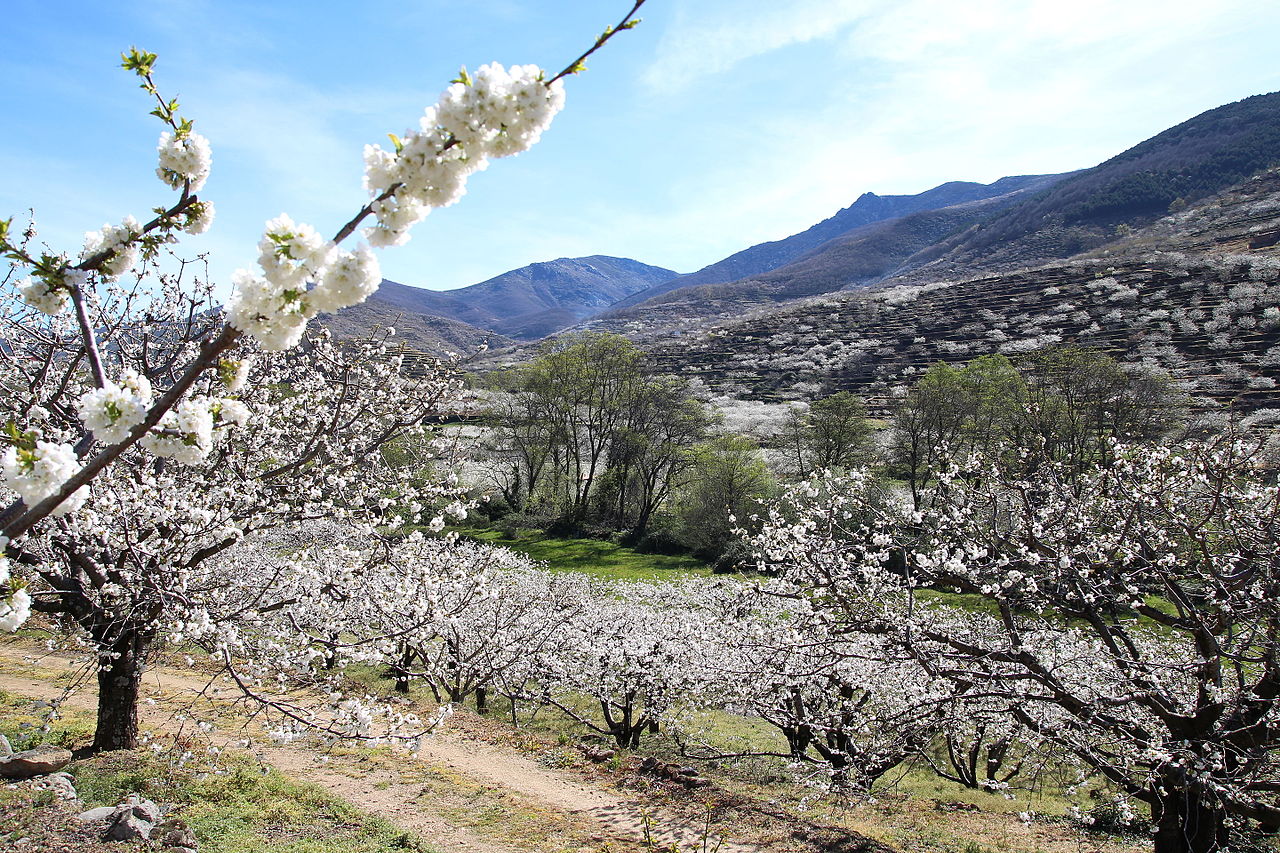
travel the towns of the Jerte Valley It is to go through mountain landscapes of streams, gorges and fountains that are combined with oak groves, holm oaks and cattle pastures. But above all, it is to appreciate Cherry trees which, when in bloom, make for an extraordinary sight.
Located in the north of Estremadura, the Jerte Valley has been a land of transhumance between this community and the Douro regions. And it also deserves your visit in autumn, when the different shades of ochre, reds, greens and yellows stain the surface of this beautiful region. Likewise, you will find in its different locations beautiful monuments that are a reflection of its history. For all this, we are going to propose a tour of the most interesting towns in the Jerte Valley.
Jerte, in the lower part of the valley
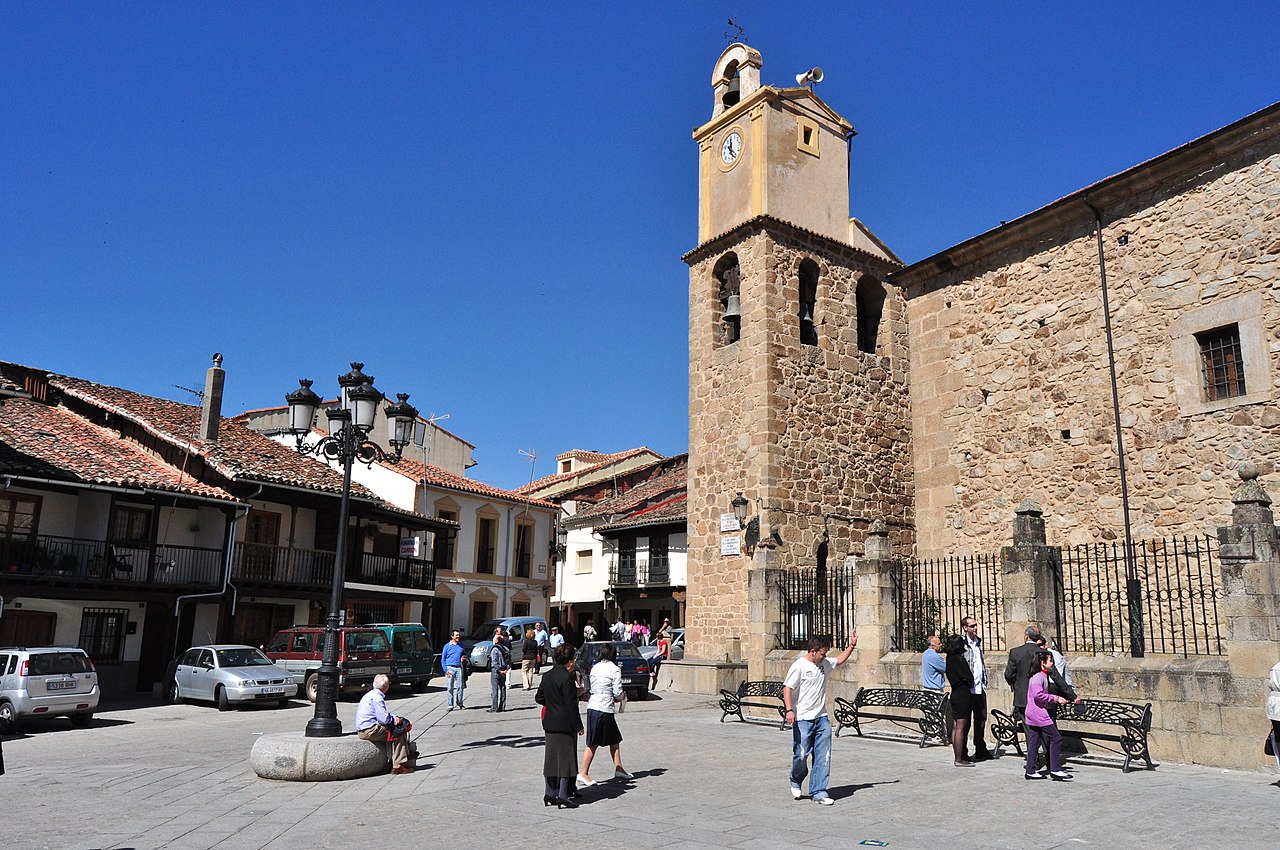
Jerte town square
With just over a thousand inhabitants, this town takes its name from the Jerte River, which bathes her. It is organized urbanistically around two main streets, Colonel Golfin and the road itself. Both in them and in the oxen neighborhood, you can see houses of traditional architecture that are mixed with other ancestral homes with coats of arms and shields.
But the most important monument in Jerte is the church of Our Lady of the Assumption, built in the XNUMXth century, although there are remains of another earlier building. A few meters away is the tower and, attached to it, a public fountain with a wide basin. From the same period is Hermitage of the Christ of Amparo, built in rigging with corner ashlars.
In addition, from this town and from other towns in the Jerte Valley you can start hiking trails through the spectacular Hell's Throat Nature Reserve. And you also have an interesting interpretation center so you can learn more about its flora and fauna.
valley head
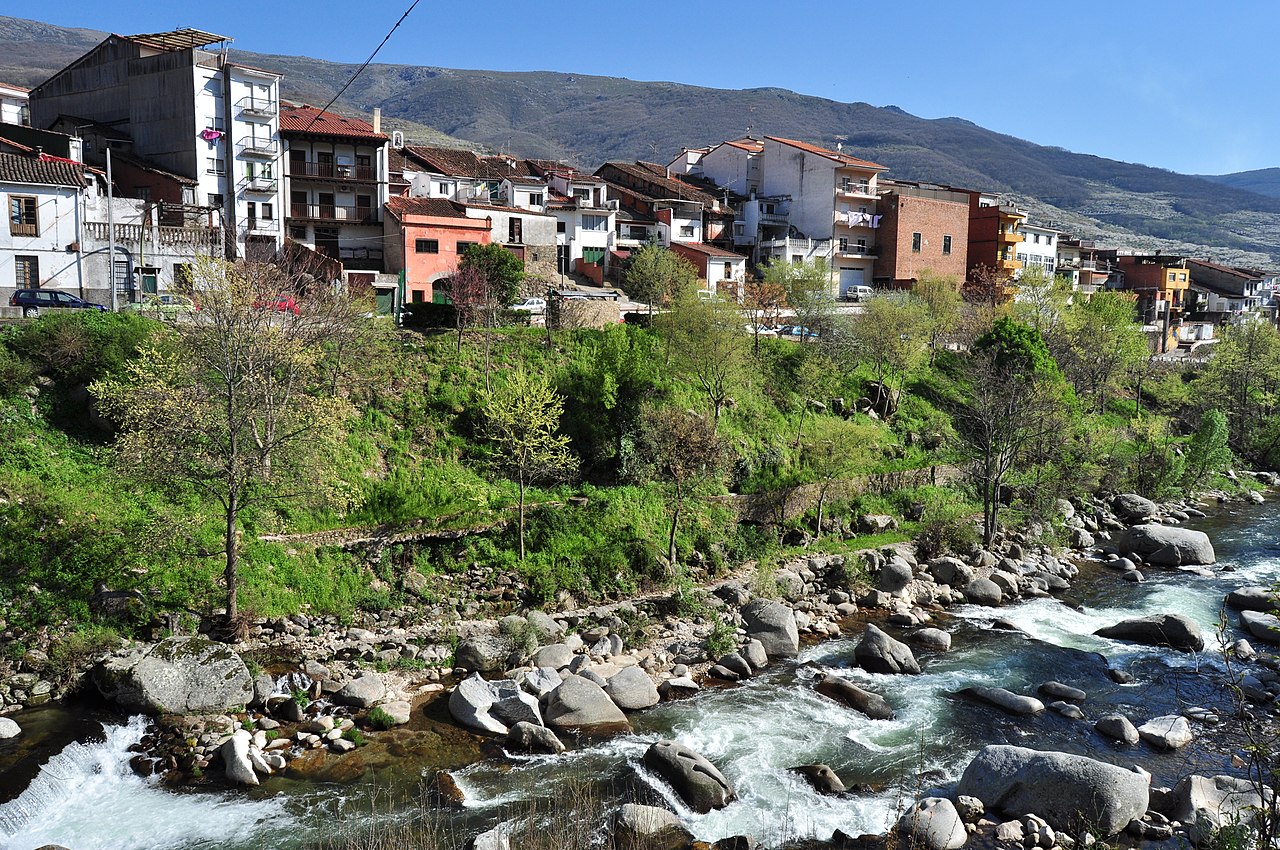
View of Cabezuela del Valle
With more than two thousand inhabitants, it is the most populated town in the valley. You will find it in the central part of it, at a height of five hundred meters and surrounded by natural pools such as those of La Pesquerona, La Picaza or El Simón. Its urban layout will catch your attention, with its steep and narrow streets that make capricious nooks and crannies. In fact, this medieval-style layout breaks with the linear forms of other towns in the area.
In Cabezuela, declared a historic-artistic complex, you must visit the building of the Town hall, with its slender belfry and located in a covered square. But also its manor houses and the Church of Saint Michael the Archangel, built on the old synagogue and inside which you can see a beautiful baroque altarpiece of Juan de Arenas.
The hermitages of the town belong to this same artistic period, among which the one consecrated to the Virgin of Peñas Albas, patron saint of the town. Finally, do not forget to visit in Cabezuela the Cherry Museum, located in a traditional house and that shows you the history of its cultivation in the area.
Navaconcejo
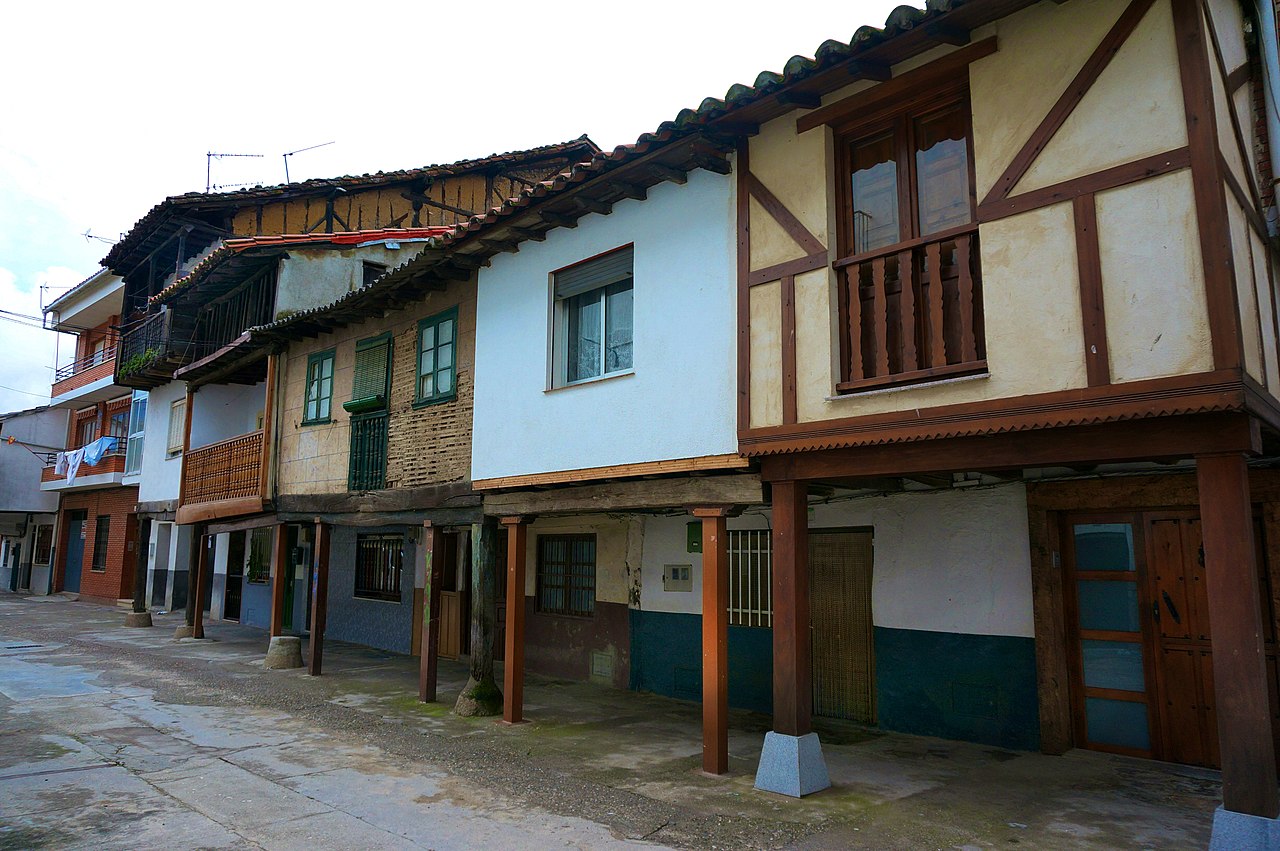
Traditional houses in Navaconcejo
Also in the central part of the valley you will find this town of about two thousand inhabitants. In its streets, you can see numerous houses with traditional balconies and overhangs adorned with flowers. Likewise, one of the most popular hiking trails in the area starts from the town: that of the Nogales, which passes through several gorges and waterfalls.
You should also visit in Navaconcejo the parish church, dating from the XNUMXth century, although its main altarpiece is baroque from the XNUMXth century, and the Hermitages of Cristo del Valle and San Jorge, both equally baroque. For its part, the Sackcloth Factory It is an old textile factory built in the XNUMXth century and today used as a house of culture. And in La Casería you have the old Franciscan convent of Santa Cruz de Tabladilla, which is now a rural house.
Piornal, the highest among the towns of the Jerte Valley

Cascada del Caozo, on the outskirts of Piornal
Located between the valley and the Vera region, is the highest in the area, since it is about XNUMX meters above the plateau of the Sierra de Tormantos. In this, according to legend, the Serrana de la Vera cave was located, but, more importantly, it offers you wonderful views of mountainous landscapes and waterfalls such as those of Caozo or Desperá.
Its humble farmhouses contrast with the Palace of Bishop Pedro González de Acevedomuch more stately. Refering to church of San Juan Bautista, was built in the XNUMXth century, although only the tower remains of the primitive Gothic temple, since the rest was demolished and rebuilt. For its part, the Hermitage of Our Lady of the Conception dates from the eighteenth.
Also noteworthy are the numerous mountain sources of its squares and suburbs, with square or pentagonal pylons and decorated with animal motifs such as the wolf, closely linked to livestock life. Finally, in the oak groves near Piornal you can see sheepfolds of shepherds, with cabins used in summer by the transhumant goatherds.
Tornavacas
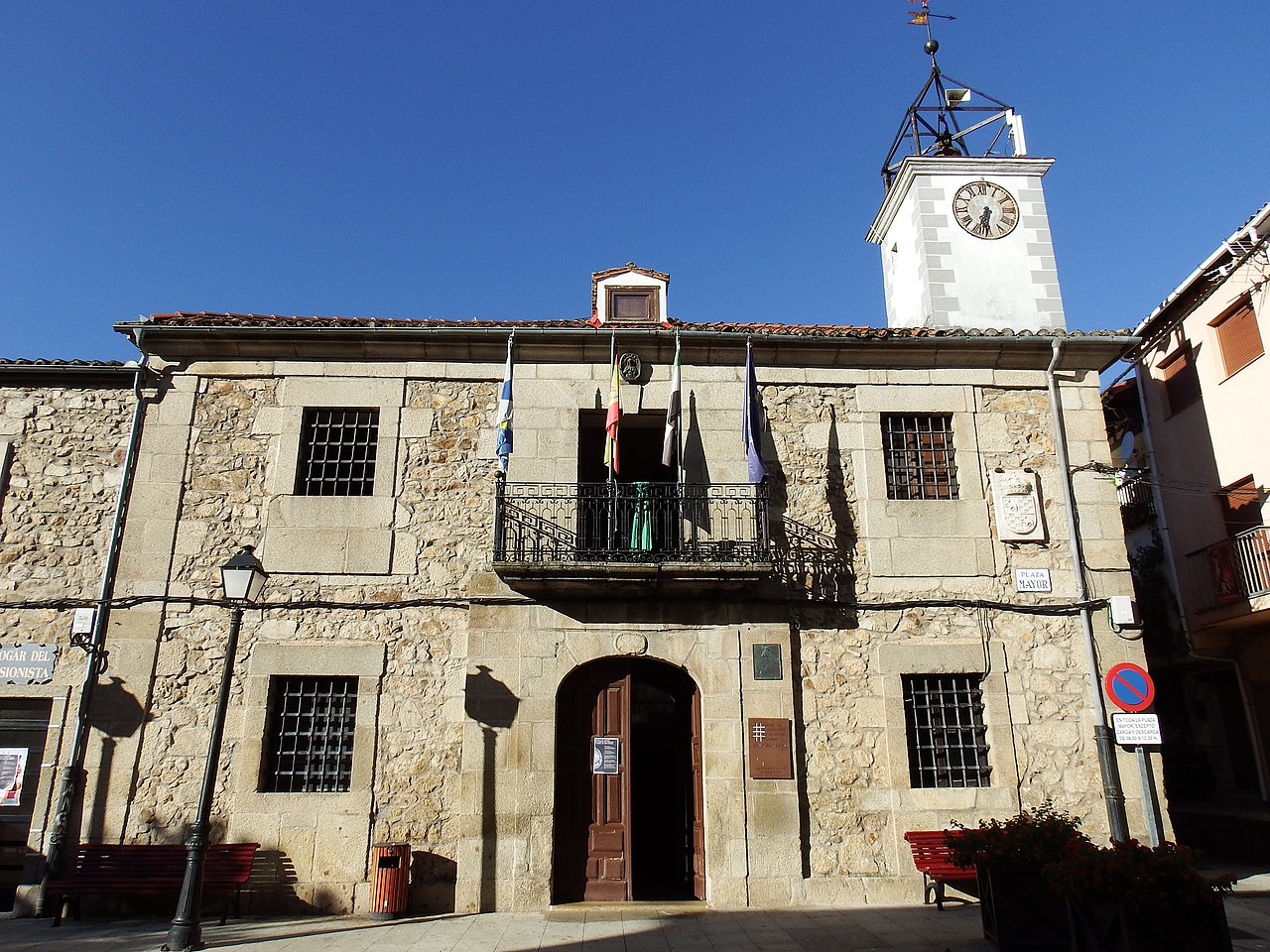
Municipality of Tornavacas
Located to the north of the valley, sandwiched between mountains at its head, this town has historically been marked by its border condition with Castilla. Its urban layout has a main street, the real, which is divided into three sections separated by two bridges: the top, medieval times, and the little bridge, which has a temple from the XNUMXth century.
You should also visit in Tornavacas the church of Our Lady of the Assumption, built in the XNUMXth century following the canons of the Baroque. His altarpieces, canvases and carvings belong to this same style. And, with respect to the latter, highlights the Holy Christ of Forgiveness, of anonymous invoice, but with great devotion throughout the valley.
On the other hand, they are beautiful Town Hall and the one that hosted the emperor Carlos V. Finally, do not miss seeing hermitages such as those of the Mártires, Santa María Magdalena, San Martín and Santa Bárbara.
Barred
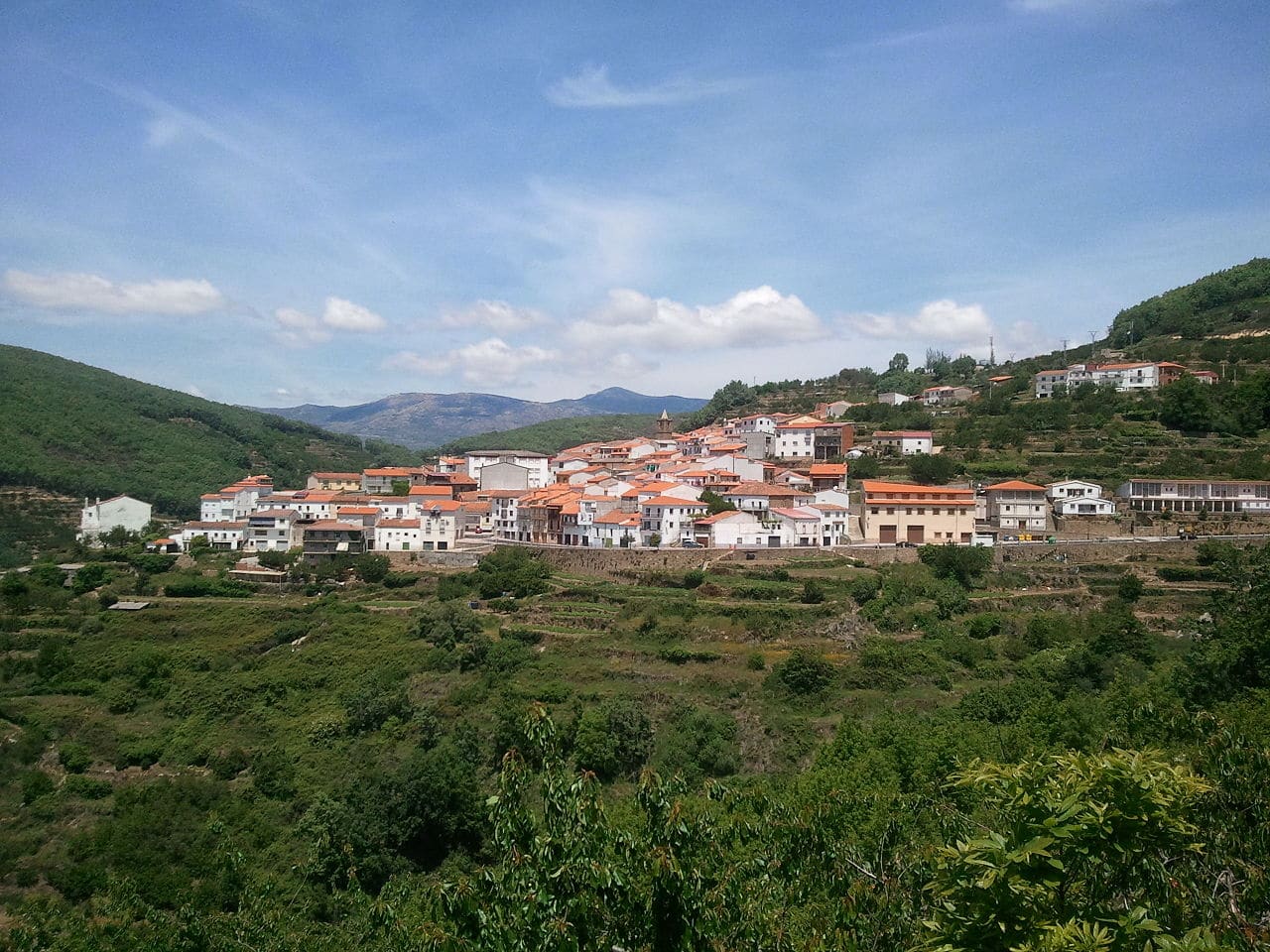
Panoramic view of Barrado
Founded at the end of the Middle Ages by goatherds, it is the only town in the Jerte Valley that has the title of Villa. It is found hanging in the middle of the precious Bishop's Gorge and stands out for its houses of popular architecture. However, you should also visit the church of san sebastian, built in the XNUMXth century, although it is still Romanesque. Its slender tower and, inside, the choir, the half-orange dome and the Baroque main altarpiece stand out.
The religious heritage of Barrado is completed by the hermitages of Our Lady of Viso, built in the XNUMXth century and Christ of the Humilladero, Mudejar style. But you also have to see in the village the ancient communal laundries and several sources. Regarding the former, El Chorro stands out and, as for the latter, Los Caños, Los Chaparejos and La Juntanilla.
Castañar Houses
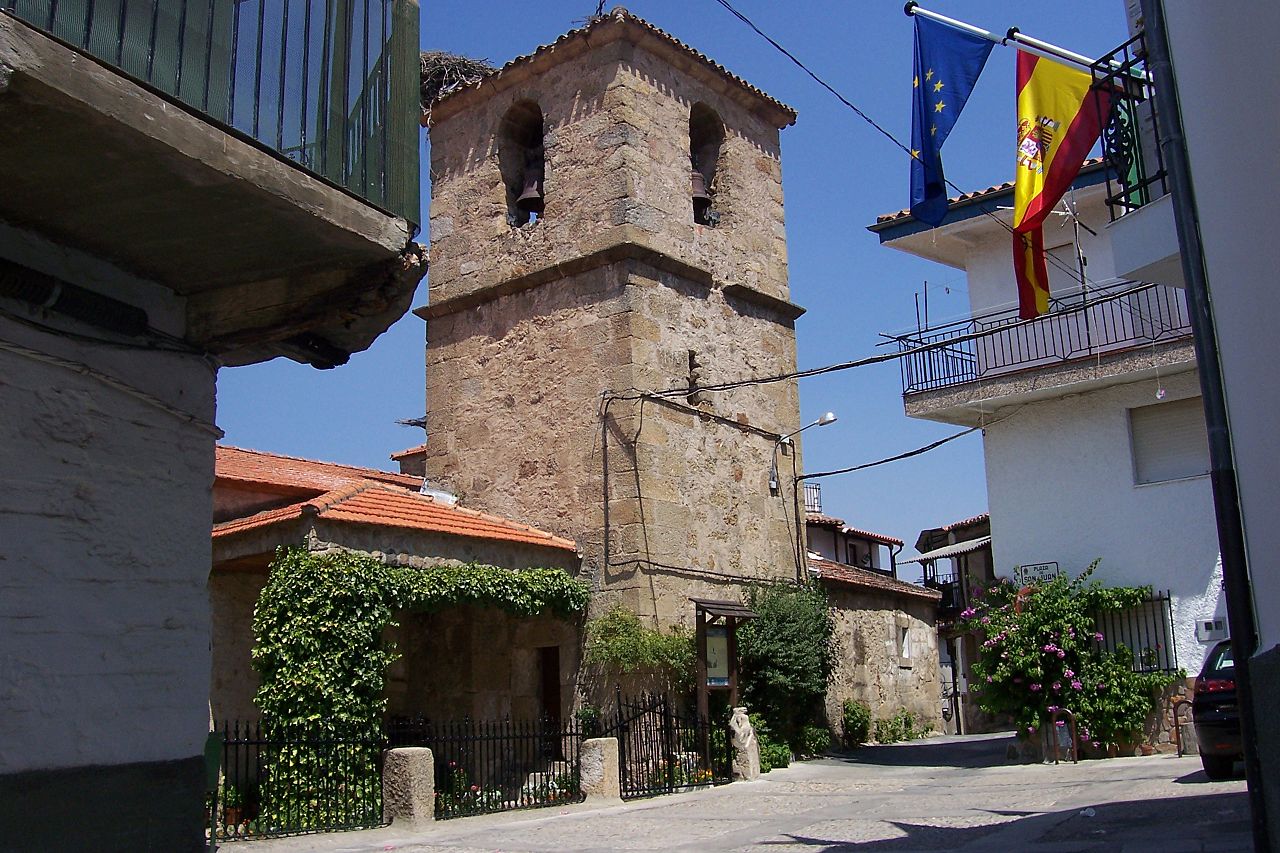
Church of San Juan Bautista, in Casas del Castañar, one of the most beautiful villages in the Jerte Valley
This town lies on the Sierra de San Bernabe, to the south of the valley, and between chestnut woods. In its municipal area, you can see the remains of the Celtic fort of Villavieja and the old medieval town of Woodruff.
At first glance, it looks like a modern town, but if you go into its streets, you will discover a typical and picturesque farmhouse with slender and whitewashed facades with solariums to dry the products of the garden. Also noteworthy in its urban fabric is the church of San Juan Bautista, with its prismatic tower and dated in the XNUMXth century.
More curious are the five chestnut trees that the Junta de Extremadura has classified as singular trees. And, finally, you can see in this town the Museum of Marcelino Sayan, which houses three thousand pieces between archaeological objects and books compiled by this character.
El Torno, one of the towns in the Jerte Valley with the best views
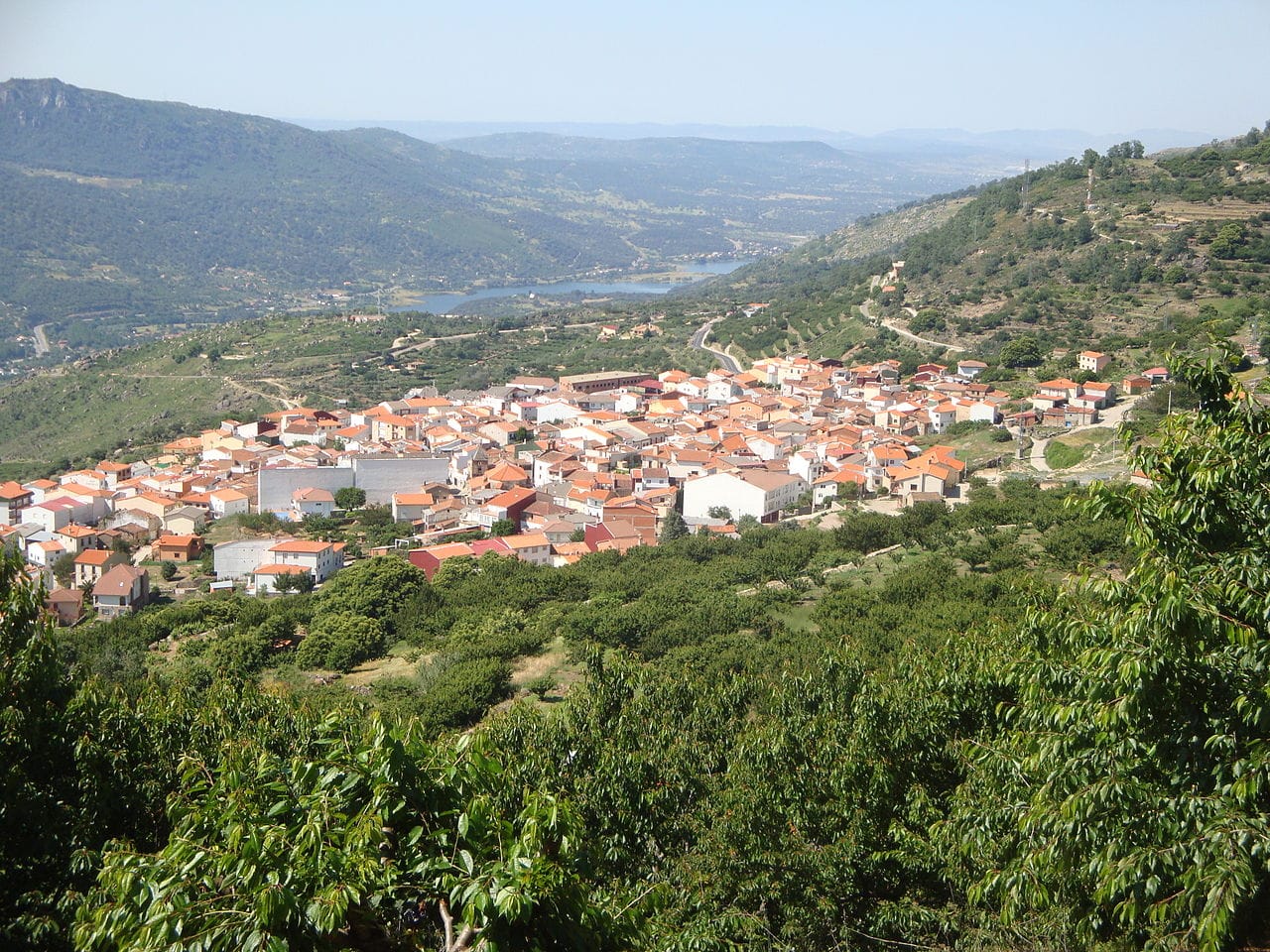
Aerial view of El Torno
It is also known as “the viewpoint of the Jerte valley” for its spectacular views and its hiking trails, full of gorges and streams. In its surroundings, prehistoric remains from the Iron Age have been found, which shows that it was inhabited since ancient times.
Roman remains have also been found on the estate of romanejo and Arabs in the hills of The Vineyards y The Butrera. As for its urban area, its ancestral homes and the Church of the Virgin of Mercy, built in the XNUMXth century and adorned with a beautiful baroque altarpiece.
On the other hand, in the nearby Sierra de The lathe you can see more than a hundred shacks of stone built by the shepherds and, two kilometers from the town, the Memory Lookout, which has a sculptural ensemble of Francis Cerdenilla and that gives you wonderful views of the Jerte Valley.
Rebollar
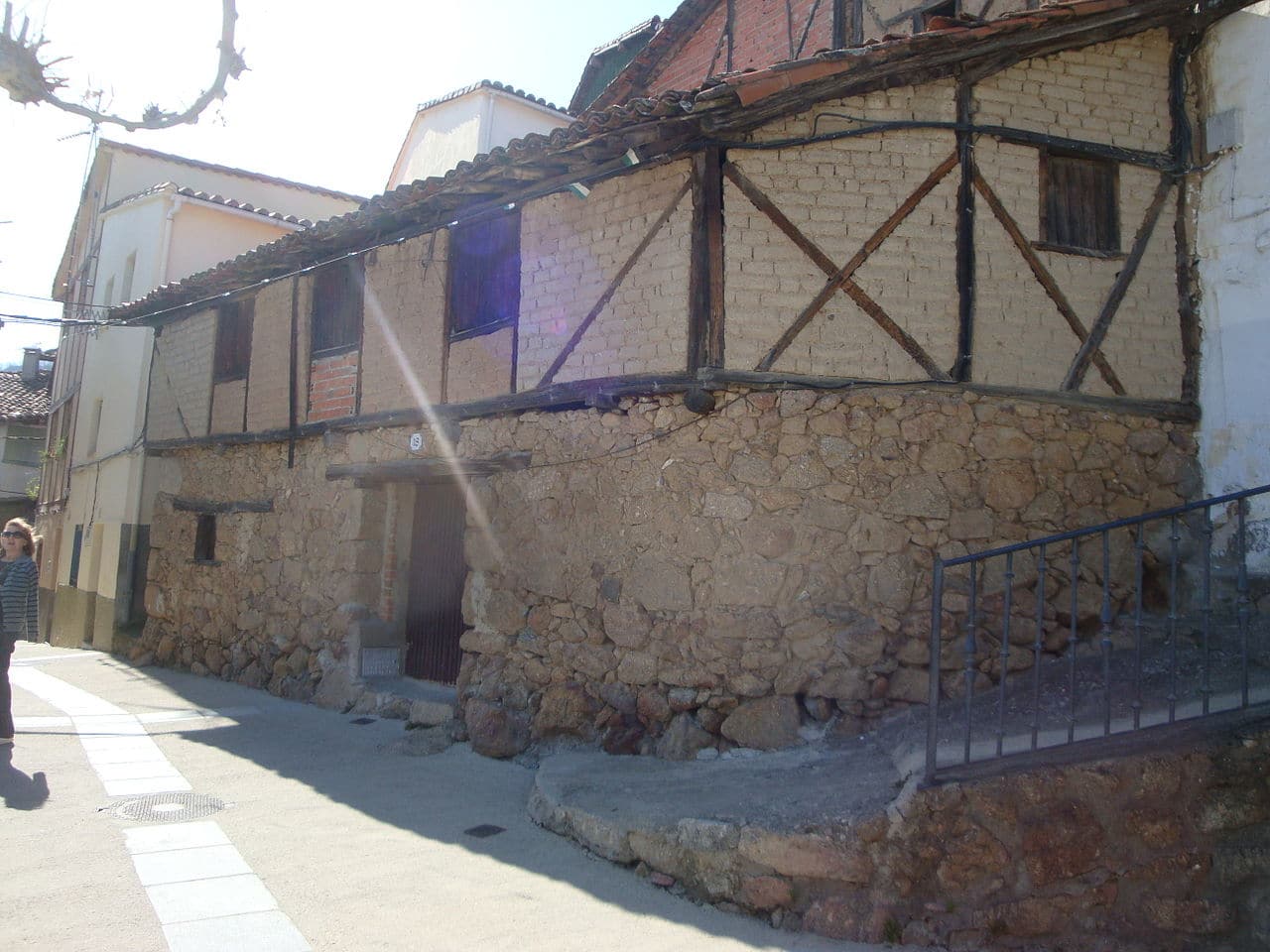
A street in Rebollar
With barely two hundred inhabitants, this town is an open-air museum of popular architecture and mountain urbanism. You will enjoy walking through its winding steep and narrow streets with typical constructions. Regarding these, the two stand out Canchal Houses, raised on granite masses from which they seem to hang.
For its part, the parish church of Santa Catalina It is a humble XNUMXth century temple recently restored. Inside, however, it houses a pyx or sacred vessel made of silver and Gothic-Renaissance style donated by the Bishop Gutierre de Vargas.
In conclusion, we have told you about the main towns of the Jerte Valley. It only remains for us to mention the small towns of Goatherd, where you can visit the church of San Miguel, with its belfry and its two doorways, and Valdadillas, which stands out for its church of Santa María de Gracia, built in the XNUMXth century and adorned with two precious ceramic altarpieces from Talavera. Don't you feel like visiting this valley in the province of Caceres as pretty as cosy?